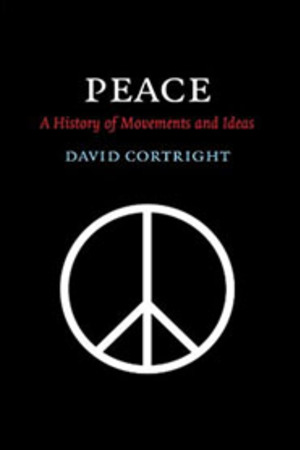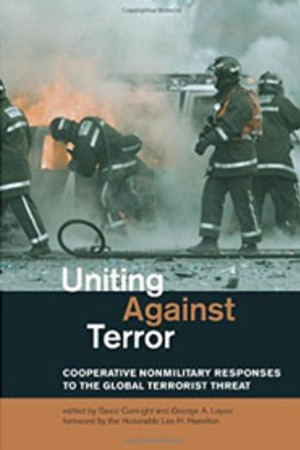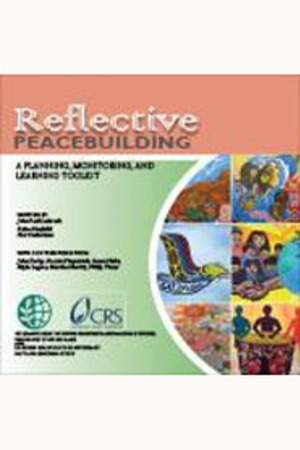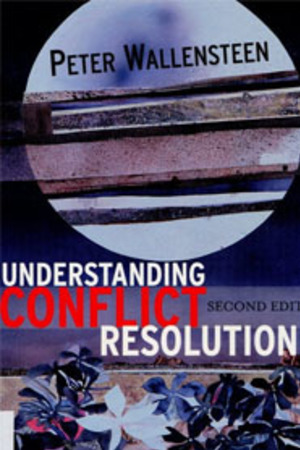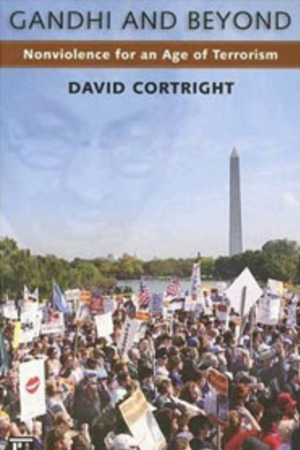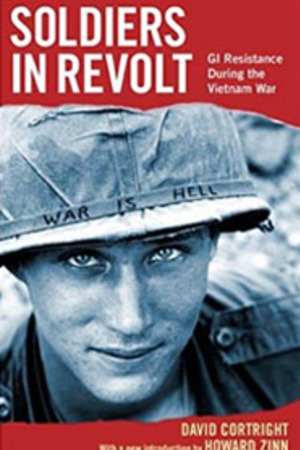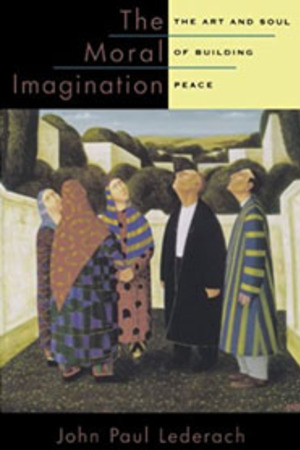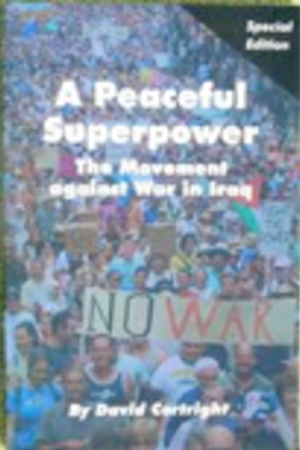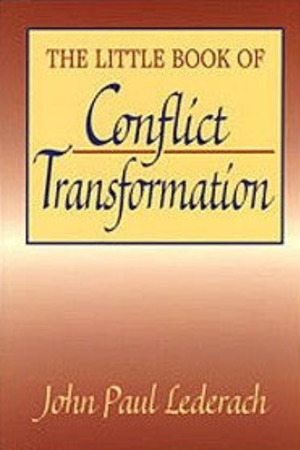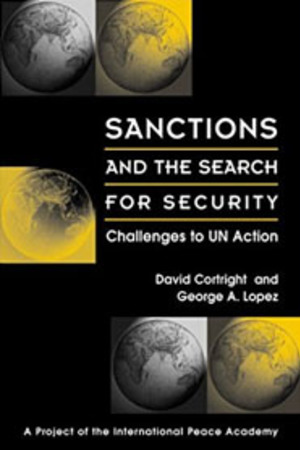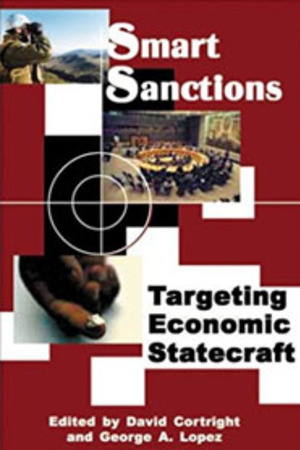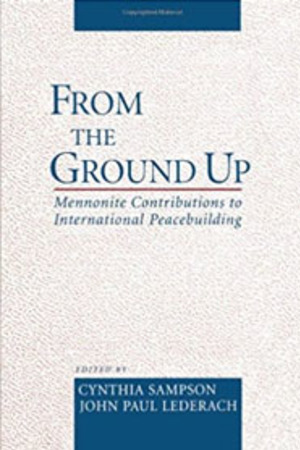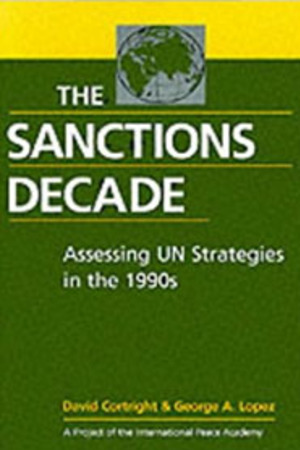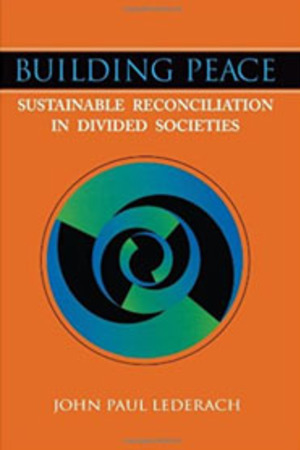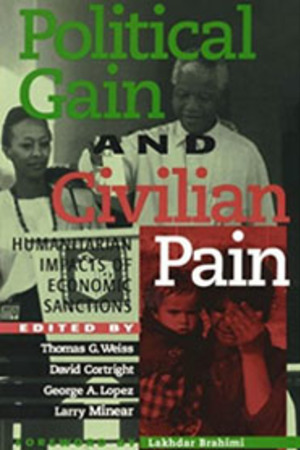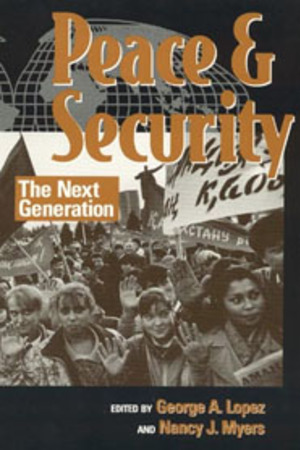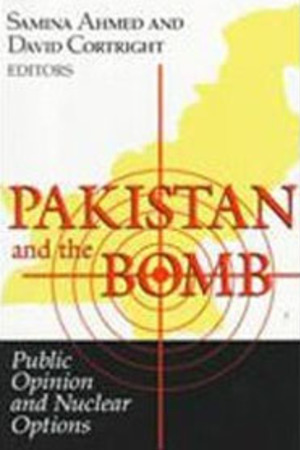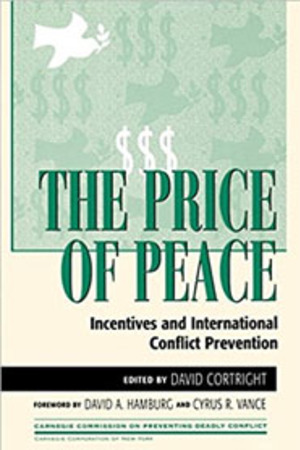Books
Putting Teeth in the Tiger: Improving the Effectiveness of Arms Embargoes
Emerald Books, 2009
This book, co-edited by George A. Lopez, reveals arms embargoes to be more effective than often understood.
The Power and Purpose of International Law
Oxford University Press, 2008
Mary Ellen O'Connell shows how international law supports order in the world and the attainment of humanity's fundamental goals of peace, prosperity, respect for human rights, and protection of the natural environment.
Peace: A History of Movements and Ideas
Cambridge University Press, 2008
This book by David Cortright traces the peace movement's religious and intellectual roots.
Uniting Against Terror
MIT Press, 2007
Edited by David Cortright and George A. Lopez. This book argues that defeating the global terrorist threat requires a bold new approach.
Reflective Peacebuilding: A Planning, Monitoring, and Learning Tool Kit
Kroc Institute and Catholic Relief Services, 2007
By John Paul Lederach, Reina Neufeldt, and Hal Culbertson. This practical book aims to improve peacebuilding practitioners’ capacity to design transformative change and track and improve upon those changes over time in unpredictable conflict contexts.
Understanding Conflict Resolution (2nd ed.)
SAGE Publications, 2007
Peter Wallensteen offers this comprehensive guide to understanding conflict resolution in the global environment. He first reviews the development of conflict resolution since the Cold War. Next, he explores the settlement of three major types of international conflict: inter-state, internal, and those arising from state formation issues. In the last part of the book, he examines regional and international approaches and poses questions about the future of conflict resolution.
Gandhi and Beyond: Nonviolence in an Age of Terrorism
Paradigm, 2006
Drawing on the legend and lessons of Gandhi, David Cortright traces the history of nonviolent social activism from the early 20th century to the war in Iraq.
Soldiers in Revolt: GI Resistance During the Vietnam War
Haymarket Books, 2005
David Cortright documents the rebellion among U.S. soldiers opposed to the Vietnam war. Originally published in 1975, the book now includes a chapter that examines the enduring imprint of this period on the U.S. military and the lessons this era holds for the U.S. occupation in Iraq.
The Moral Imagination: The Art and Soul of Building Peace
Oxford University Press, 2004
John Paul Lederach asks the question: What moves ordinary people to reject violence and seek reconciliation? The moral imagination, Lederach writes, is “the capacity to imagine something rooted in the challenges of the real world, yet capable of giving birth to that which does not yet exist.” This book is for scholars and peacebuilders engaged in conflict transformation, mediation, restorative justice, and political reconciliation.
A Peaceful Superpower: The Movement Against War in Iraq
Fourth Freedom Forum, 2004
On February 15, 2003, an estimated ten million people around the world demonstrated against the war on Iraq. David Cortright tells the story of the the largest single day of protest in history.
The Little Book of Conflict Transformation
Good Books, 2003
John Paul Lederach offers a hopeful and workable approach to conflict. Lederach is internationally recognized for his breakthough thinking and action related to conflict on all levels. In this book, he coins the phrase “conflict transformation” and explains how it requires “both solutions and social change.”
Sanctions and the Search for Security: Challenges to UN Action
Lynne Rienner, 2002
By David Cortright and George A. Lopez, with Linda Gerber. Despite widespread disagreement about the effectiveness of UN sanctions and the need for reform, the Security Council continues to impose sanctions. Cortright and Lopez continue their collaboration to assess new multilateral approaches to sanctions and economic statecraft. They conclude with a framework for future policy, as well as specific recommendations for enhancing the viability of "smart sanctions" strategies.
Smart Sanctions: Targeting Economic Statecraft
Rowman & Littlefield, 2002
In Smart Sanctions, editors David Cortright and George A. Lopez explore the emerging concept of targeted sanctions and provide a comprehensive framework for new sanctions strategies for the 21st century. This volume includes essays by experts and analysts from the United Nations community, the European Union, the United States Government, and the academic community.
From the Ground Up: Mennonite Contributions to International Peacebuilding
Oxford University Press, 2000
Edited by Cynthia Sampson and John Paul Lederach. Religious leaders, transnational religious movements, and faith-based NGOs are now recognized as central players in the post-Cold War era of ethnic and religious conflict. This collection of essays chronicles and evaluates the Mennonite contribution to the new cultural paradigm in conflict resolution and peacebuilding drawing on work in settings including South Africa, Northern Ireland, Colombia, Nicaragua, Somalia, and Hebron.
The Sanctions Decade: Assessing UN Strategies for the 1990s
Lynne Rienner, 2000
By David Cortright and George A. Lopez with Jaleh Dashti-Gibson and Julia Wagler. Winner of the 2000 Choice Award as an Outstanding Academic Title.
Building Peace: Sustainable Reconciliation in Divided Societies
United States Institute of Peace Press, 1998
John Paul Lederach argues that we need to move beyond “traditional” diplomacy, which often emphasizes top-level leaders and short-term objectives, toward a holistic approach that stresses the multiplicity of peacemakers and long-term perspectives. The book explores the dynamics of contemporary conflict and presents an integrated framework for peacebuilding.
Political Gain and Civilian Pain: The Humanitarian Impacts of Economic Sanctions
Rowman and Littlefield, 1997
By Tom Weiss, Larry Minear, David Cortright, and George A. Lopez. The most vulnerable members of targeted societies often pay the price of sanctions. Using case studies of South Africa, Iraq, the former Yugoslavia, and Haiti, this book illustrates how much pain the community of states is willing to inflict upon civilians in the quest for political gains and clarifies the range of options and strategies availiable to policymakers.
Peace and Security: The Next Generation
Rowman and Littlefield, 1997
George A. Lopez joins with Nancy J. Myers, the former managing editor of the Bulletin of the Atomic Scientists, to select recent articles best illustrating a wide range of issues on peace and security. The volume editors shape and supplement these articles specifically for classroom use.
Pakistan and the Bomb: Public Opinion and Nuclear Options
Notre Dame Press, 1997
Samina Ahmed, David Cortright and other contributors provide an in-depth view of the nuclear choices facing Pakistan. Based on the most thorough survey of Pakistani public opinion ever conducted, this volume examines the factors that brought arms competitors to South Asia.
The Price of Peace: Incentives and International Conflict Prevention
Rowman and Littlefield, 1997
Edited by David Cortright. Carrots and sticks have always been used in combination in diplomatic affairs, but scholars and policymakers have focused more on the sticks. In this provocative study, policy-savvy scholars examine a range of cases — from North Korea to South Africa to Bosnia — to demonstrate the power of incentives to deter nuclear proliferation, prevent armed conflict, defend civil and human rights, and rebuild war-torn societies. The cases demonstrate that incentives can sometimes succeed when traditional methods fail or are too dangerous to apply.


